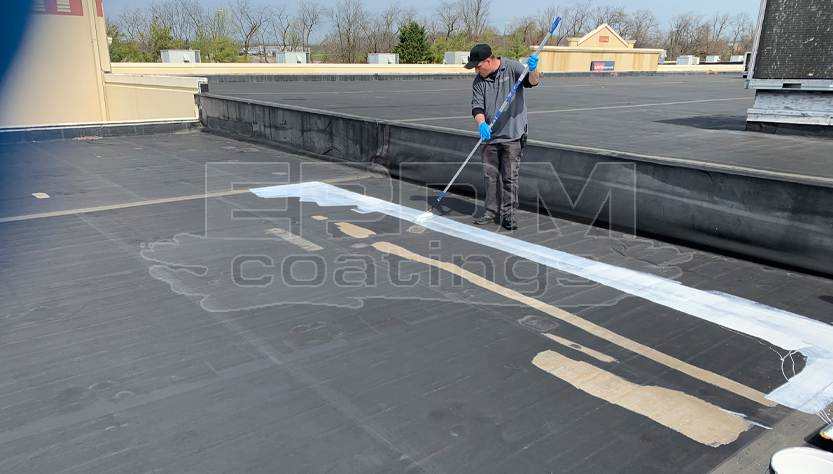Have you invested in a butyl rubber roofing system? If so, congratulations are in order. You have a robust roofing system that helps you save energy and prevents damage to your structure. However, you want to make sure that it will last as long as possible. When cared for properly, a butyl rubber roofing system can last around 50 years, but there are a few factors that can affect that lifespan.
1. Physical Damage
Your Butyl Rubber Roofing system is very strong. It’s capable of resisting both the weight of ponding water and the intrusion of moisture. It offers high tensile strength and good elasticity for decades. However, it is susceptible to physical damage. This is particularly true of piercing damage such as that caused by falling branches or trees. The good news is that repairing this type of damage is usually pretty simple, although you may need to replace the underlying decking. After that, you just need to reapply a little liquid butyl rubber to patch the hole.
2. Improper Installation
It’s very easy to install a butyl rubber roofing system, particularly in comparison to other products on the market. However, it does require specific steps. If those steps are not followed properly, it could reduce the lifespan of your roof. For instance, if the existing roof is not clean, free of debris, and dry, it could lead to problems. If the wrong adhesive is used or if the liquid rubber is applied to the wrong type of material, it could also jeopardize the performance and longevity of your roof.
3. Failure to Maintain
All roofs require at least periodic maintenance to last as long as possible. The same is true of your butyl rubber roofing system. Thankfully, the care and maintenance requirements are minimal. You’ll need to clean it regularly with a non-abrasive cleaner and a brush. You should also inspect it for signs of wear or damage.
4. Severe Weather
Your butyl rubber roofing system is strong enough to hold up to a lot of what Mother Nature dishes out. However, no roof is strong enough to withstand some of the most severe weather. Tornadoes, hurricanes, and hailstorms can all leave their mark and might mean that you need to repair your roof. We recommend that you inspect your roof after any severe weather event for signs of damage.
5. Foot Traffic
Roofs are not designed to hold up to foot traffic. That applies to the underlying decking as well as to the butyl rubber overlay. Try to limit the amount of foot traffic your roof sees, including HVAC technicians, property inspectors, and others who regularly access the space.
6. Animals
Animals and birds of all types love to get onto rooftops. Birds can build nests in protected areas, while cats, raccoons, and squirrels use them as byways. However, they can also damage your roof by scratching and pecking at it. Animal-related damage is common in most geographic areas and should be one of the things you check for during your regular roof inspections.
Understanding Threats to Your Butyl Rubber Roofing System’s Lifespan
A butyl rubber roofing system should last for around 50 years. However, to reach that age, you need to ensure that the roof is installed properly, regularly inspected and maintained, and that any storm or animal damage is repaired as soon as possible. It’s also important to keep your roof clean and to take care of even minor damage as soon as possible. Thankfully, repairing damage to butyl rubber is relatively easy and usually doesn’t require replacing the entire roof.


